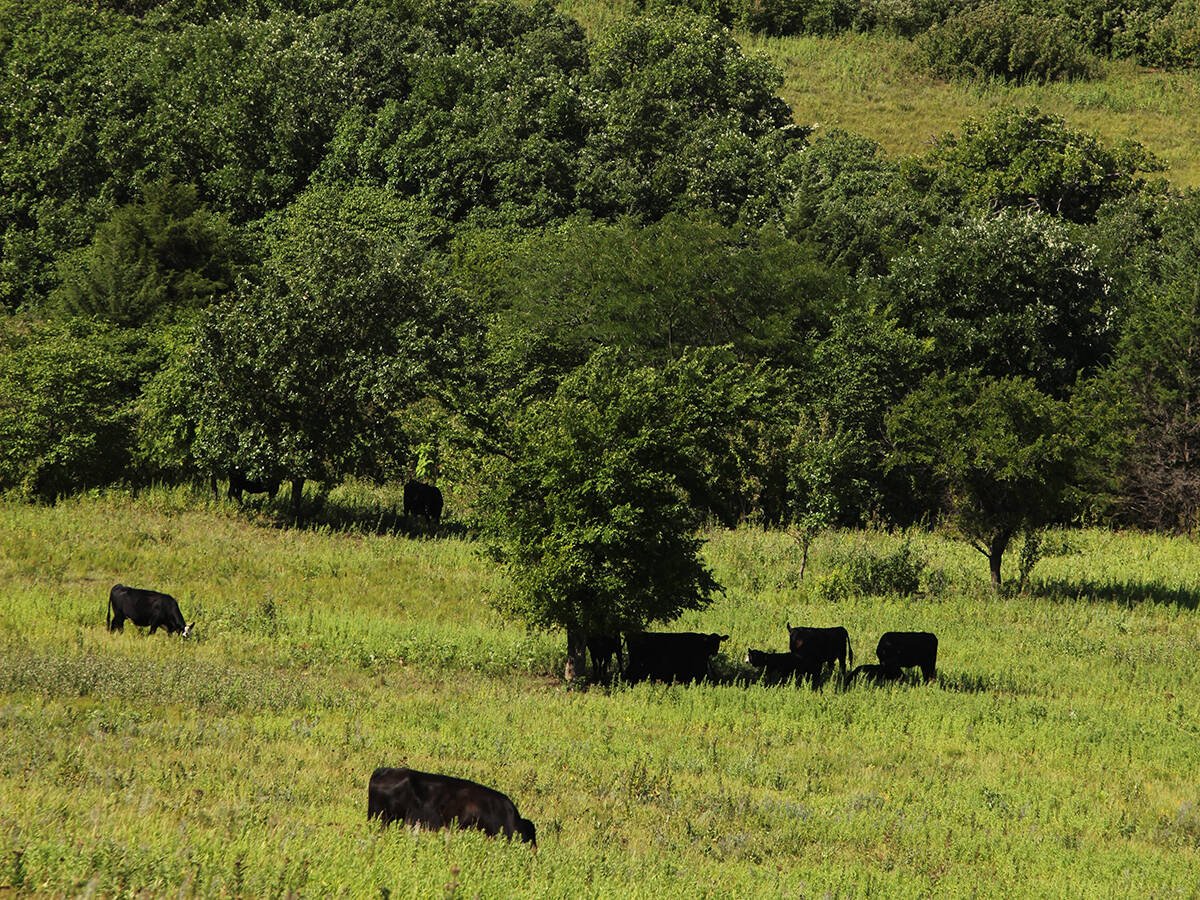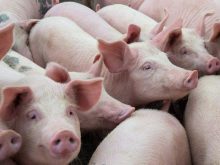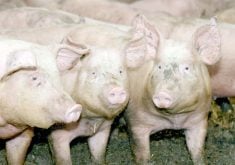Producers are jumping the gun when they cull sows, says a Minnesota veterinarian and statistical expert.
Many apparently poorly performing sows are better than producers think, and replacement gilts are a more risky proposition than many realize.
“We’re not getting the financial return on culling early that we expect,” said Stephanie Rutten-Ramos, who spoke at the Manitoba Swine Seminar.
“That sow probably wouldn’t have done as badly as we expected her to do.”
Rutten-Ramos has examined a number of barns and has found that producers tend to lose more money from culling underperforming sows and bringing in replacement gilts than they do from simply leaving the sows in the herd.
Read Also

Beef cattle more prone to trace mineral deficiencies
The trace mineral status of our cows and calves is a significant challenge for western Canadian producers and veterinarians.
She attributed that to three factors: the old sow probably isn’t as bad as producers think; the replacement gilt has no proven performance; and the replacement gilt brings additional costs.
Often poor litter sizes aren’t the sow’s problem, Rutten-Ramos said. Seasonal factors, semen quality, insemination technique and sow nutrition during the early post-conception stage can affect piglet production.
Yet producers are quick to judge a sow by one or two small litters.
“If we walk through a farrowing house and we see a litter with six pigs and we flip over the sow card and see that last time she had seven pigs, we make this mental note that says ‘get rid of her,’ ” said Rutten-Ramos.
“But we don’t look at all the other sows that had seven pigs that parity that then went on to have a normal litter the next time. Likewise failure to conceive. We don’t catch the ones that go on to be successful.”
Replacement gilts have no evidence that they will have better litter sizes or conception rates, and they require extra management and veterinary service while being worked into the sow herd.
Rutten-Ramos said most hog operations keep good records of sow performance. But they often don’t go far enough in their analysis to understand what the numbers mean. They misunderstand the relevance of apparent failures and jump too quickly to blame the performance of the sow rather than look at all the factors that can affect litter size and conception rate.
Producers need to understand that good record keeping is only part of the analysis needed for good decisions.
“We’ve got a whole bunch of negative reinforcement with the record keeping that we do,” she said.















